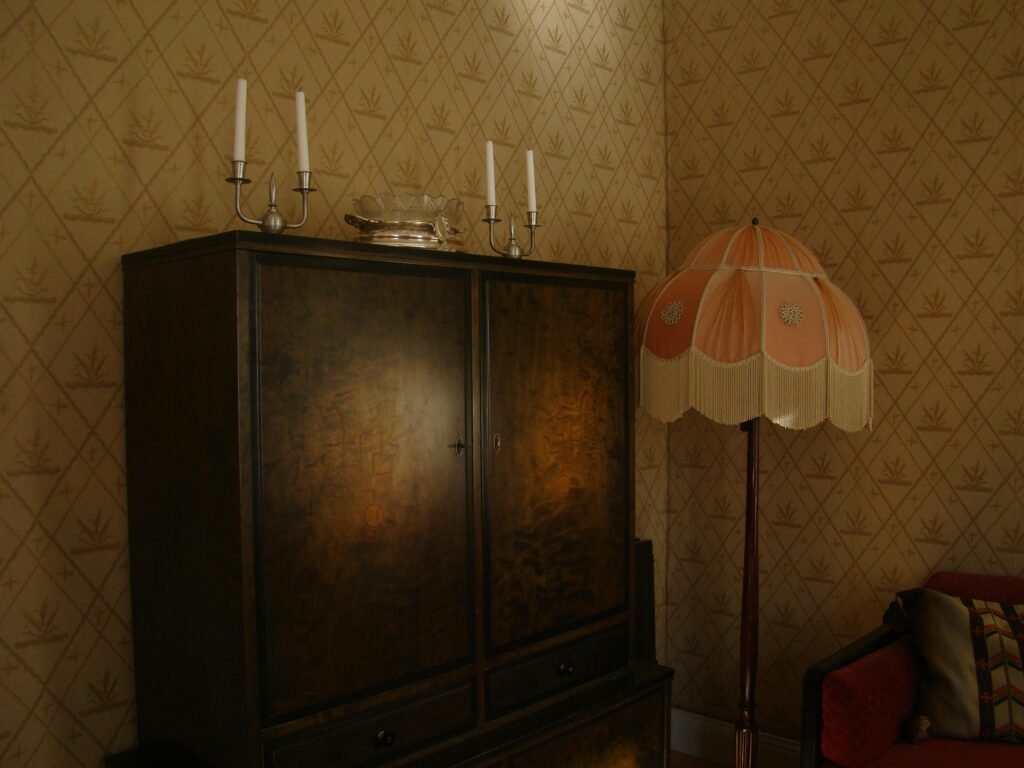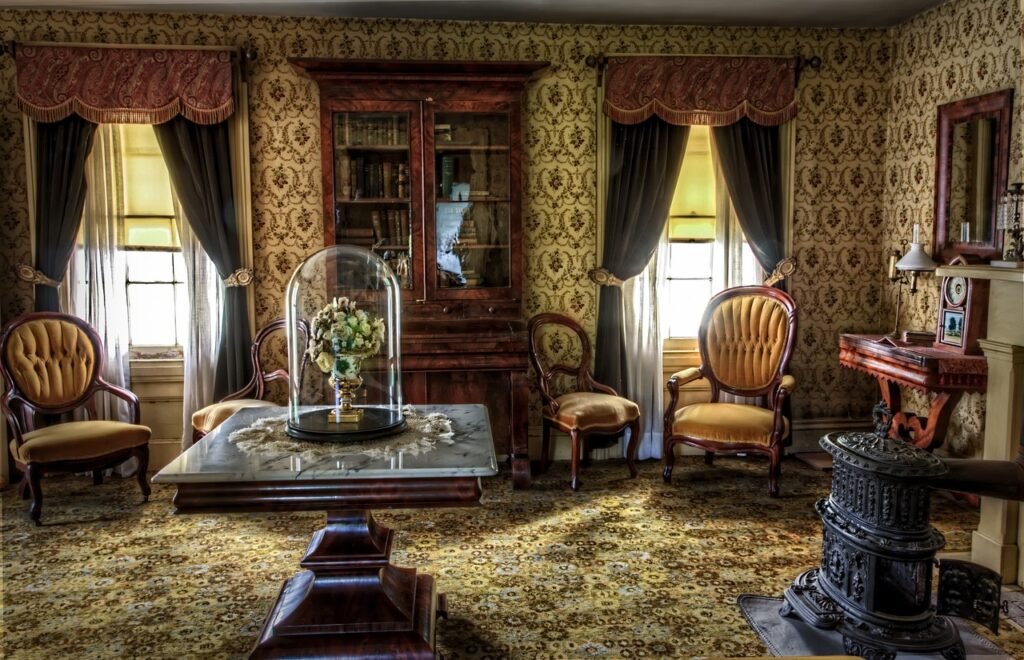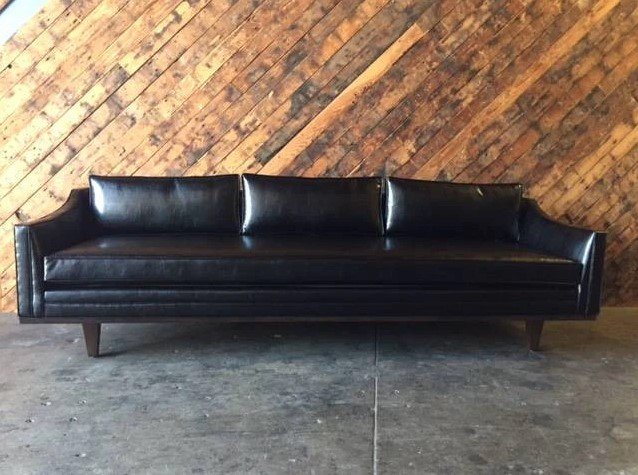Furniture Restoration vs. Refinishing: What’s the Difference?
When it comes to reviving old or damaged furniture, the terms “restoration” and “refinishing” are often used interchangeably—but they refer to very different processes.
Understanding these differences helps you choose the right service for your furniture’s needs and ensures you get the best results for your investment.
In this guide, we’ll break down:
✅ What furniture restoration involves
✅ What refinishing entails
✅ When to choose restoration vs. refinishing
✅ Cost comparisons
✅ DIY vs. professional work
By the end, you’ll know exactly which service your piece needs—and how to get the best outcome.
📞 Need expert advice? Call us for a free consultation!
What Is Furniture Restoration?
Furniture restoration is the process of repairing and preserving a piece while maintaining its original integrity. It focuses on:
✔ Repairing structural damage (broken legs, loose joints, missing parts)
✔ Preserving original finishes (cleaning, touch-ups, patina retention)
✔ Replacing only what’s necessary (upholstery, hardware, veneer patches)
✔ Historical accuracy (using period-appropriate techniques and materials)
When Is Restoration the Best Choice?
- Antique or vintage furniture (to retain value)
- Pieces with sentimental value
- Structurally damaged items needing repairs
- When you want to preserve the original finish
🔹 Example: Restoring a 19th-century mahogany desk by regluing joints, stabilizing veneer, and cleaning—not stripping and refinishing.

What Is Furniture Refinishing?
Furniture refinishing involves completely stripping and reapplying a new finish to give furniture a fresh look. It includes:
✔ Stripping old finishes (chemical or sanding methods)
✔ Sanding surfaces smooth
✔ Applying new stains, paints, or sealants
✔ Optional color changes
When Is Refinishing the Best Choice?
- Pieces with damaged finishes (deep scratches, water stains)
- Outdated colors/styles you want to modernize
- Non-antique furniture with no historical value
- When you want a completely new look
🔹 Example: Refinishing a 1980s oak table by stripping its orange-toned varnish and applying a modern gray stain.
📞 Not sure which service you need? Call us for expert guidance!
Can You Combine Restoration and Refinishing?
Sometimes, a piece needs both services:
- Restoration first: Repair structural damage, replace missing parts.
- Refinishing after: If the original finish is too damaged, a careful refinish may be needed.
🔹 Example: A vintage dresser with broken drawers (restoration) and severe water stains (refinishing).
DIY vs. Professional Services
Restoration: Usually Best Left to Pros
- Complex repairs (veneering, joinery) require expertise.
- Wrong techniques can destroy antique value.
Refinishing: Possible to DIY (With Caution)
- Sanding and staining can be learned.
- Risk of uneven finishes or over-sanding.
📞 For flawless results, call us for professional help.
How to Decide Which Service You Need
Ask yourself:
- Is the piece an antique or heirloom? → Restoration
- Is the damage mostly cosmetic? → Refinishing
- Do you want to change the color/finish? → Refinishing
- Are there structural issues? → Restoration
Choose the Right Service for Your Furniture’s Needs
Now that you understand the key differences between restoration and refinishing, you can make an informed decision:
- Restore to preserve history and value.
- Refinish to refresh and modernize.
For the best results—especially with antiques or complex repairs—consult a professional.
📞 Ready to revive your furniture? Call us today!
In addition to Charleston, WV, we also service South Charleston, St Albans, Dunbar, Nitro, and Cross Lanes.
Ready to repair or restore your furniture? Call us to discuss your project. We service Kanawha County.



